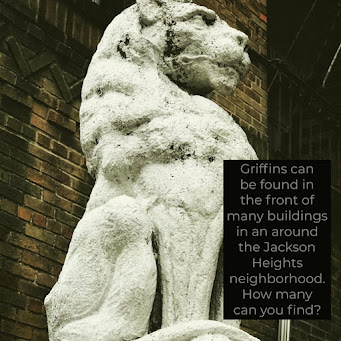Explore the Vatican Apostolic Palace After Pope Leo XIV’s Election
Bring the renewed buzz surrounding the Vatican Apostolic Palace straight into your classroom! Our print-and-digital lesson lets students in grades 10-12 investigate how papal power, art, and architecture intersect, using maps, primary sources, and CCSS-aligned analysis tasks.
Why You’ll Love This Resource
- Interdisciplinary power: Perfect for Art History, Social Studies, and ELA crossover units.
- Primary-source rich: Includes Mary W. Arms’s 1909 account of an audience with Pope Pius X, plus two lavishly illustrated cards on the Sala Regia and Sala Ducal.
- Two vintage maps: A 1929 Vatican City plan and a 1914 floor map of the palace help students visualize the popes’ world.
- Ready-to-teach supports: Teacher notes, Cornell and illustrated notetakers, Frayer vocabulary model, 23-question bank, exit tickets, and a two-point rubric keep planning time low.
Inside the Download
Formats: PDF • Google Slides
Student-facing materials
— anchor charts of key figures and places, guided overview text, map activities, primary-source reading card, supplemental art cards, notecatchers, vocabulary practice, and exit tickets.
Teacher-facing materials
— answer keys, rubric, and extension ideas that invite students to research figures like Bernini, Bramante, and Pope Sixtus V.
Classroom Ideas
- Map Race: Assign small groups a list of palace rooms—first team to locate them on the 1914 plan wins candy.
- Socratic Seminar: Use the question bank to debate whether modern popes should still live in the Apostolic Palace.
- Art + Lit Connection: Pair Vasari’s frescoes of papal triumphs with passages from Dante or Petrarch for a thematic collage.
Ready to Dive In?
Download the free resource and add it to your teacher toolkit, and let your students traverse centuries of Vatican history without leaving their seats.
© 2025 Stones of Erasmus. Public-domain images courtesy of Google Books and The New York Public Library. PDF Copy for Printing.













